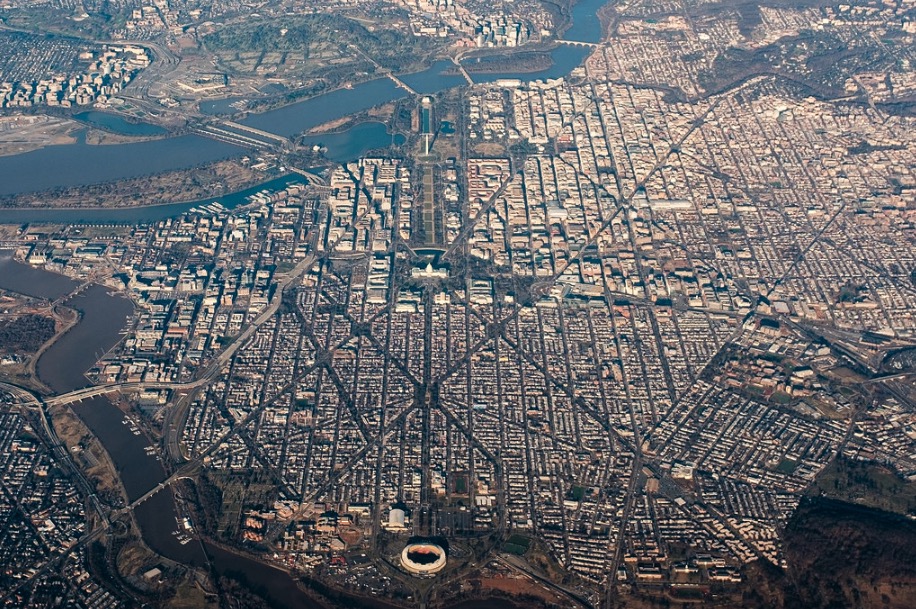How Long is a City Block? Exploring the Dimensions of Urban Spaces
City blocks are the fundamental building blocks of urban planning, defining the shape and size of city streets and neighborhoods. However, the length of a city block can vary significantly depending on the location, historical development, and design principles of a particular city. In this comprehensive guide, we’ll explore the typical dimensions of city blocks, factors that influence their size, and how they impact urban design and walkability.
Table of Contents
- What is a City Block?
- Typical City Block Dimensions
- Factors Influencing City Block Size
- Impact on Urban Design and Walkability
- Comparing City Blocks Across the World
- Frequently Asked Questions
- Conclusion
- Additional Resources
What is a City Block?
A city block is the smallest area within a city that is bounded by streets on all sides. It forms the basic unit of urban planning and design, providing the space for buildings, parks, and other infrastructure. City blocks can vary in shape, but they are typically rectangular or square in layout.
Typical City Block Dimensions
While there is no universal standard for city block dimensions, certain patterns emerge when analyzing urban areas across the globe. Here are some typical city block sizes:
| Location | Average Block Length | Average Block Width |
|---|---|---|
| North America | 200-300 meters (660-980 feet) | 80-120 meters (260-390 feet) |
| Europe | 60-100 meters (200-330 feet) | 40-60 meters (130-200 feet) |
| Asia | 100-150 meters (330-490 feet) | 50-80 meters (160-260 feet) |
It’s important to note that these are general estimates, and individual blocks may deviate significantly from these averages.
Factors Influencing City Block Size
Several factors contribute to the size and shape of city blocks, including:
- Historical development: Cities that grew organically over time, such as many European cities, often have smaller, irregular blocks due to their medieval origins. Planned cities, like those in North America, tend to have larger, more uniform blocks.
- Topography: Hilly or uneven terrain can lead to smaller, irregularly shaped blocks to accommodate the landscape.
- Transportation: The presence of major roads, railways, or waterways can create larger blocks or irregular shapes.
- Land use: Commercial and mixed-use areas often have smaller blocks to enhance walkability and accessibility, while residential areas may have larger blocks.
Impact on Urban Design and Walkability
The size of city blocks significantly impacts urban design and walkability. Smaller blocks, typically found in older cities or commercial areas, encourage pedestrian activity by providing more frequent intersections and route choices. Larger blocks, on the other hand, can create long, monotonous stretches that discourage walking and lead to a less vibrant street life.To address this issue, some cities have implemented strategies to break up large blocks, such as:
- Introducing mid-block pedestrian passages: These walkways cut through blocks, providing additional access points and routes for pedestrians.
- Creating internal streets or alleys: By adding smaller, internal streets within large blocks, cities can create a more pedestrian-friendly environment.
- Encouraging mixed-use development: Mixing residential, commercial, and office spaces within a block can generate more foot traffic throughout the day.
Comparing City Blocks Across the World
Let’s take a closer look at the city block dimensions in some major cities around the world:
| City | Typical Block Length | Typical Block Width |
|---|---|---|
| New York City, USA | 274 meters (900 feet) | 91 meters (300 feet) |
| Chicago, USA | 274 meters (900 feet) | 183 meters (600 feet) |
| Paris, France | 100 meters (330 feet) | 60 meters (200 feet) |
| Tokyo, Japan | 100-150 meters (330-490 feet) | 50-80 meters (160-260 feet) |
| Barcelona, Spain | 113 meters (370 feet) | 113 meters (370 feet) |
These examples illustrate the diversity of city block sizes across different cities, reflecting their unique histories, urban planning approaches, and cultural contexts.
Frequently Asked Questions
- Is there a standard size for city blocks?
No, there is no universal standard for city block dimensions. Block sizes vary depending on the location and historical development of the city. - Why do some cities have smaller blocks than others?
Cities that grew organically over time, such as many European cities, often have smaller blocks due to their medieval origins. Planned cities, like those in North America, tend to have larger blocks. - How do block sizes affect walkability?
Smaller blocks encourage pedestrian activity by providing more frequent intersections and route choices. Larger blocks can create long, monotonous stretches that discourage walking. - Can city blocks be modified?
Yes, cities can introduce mid-block pedestrian passages, create internal streets or alleys, or encourage mixed-use development to break up large blocks and improve walkability. - Are there any cities with particularly unique block sizes?
Barcelona, Spain, has a distinctive grid system with square blocks measuring 113 meters (370 feet) on each side. This unique design was implemented in the late 19th century.
Conclusion
The size of city blocks is a crucial factor in urban design, influencing walkability, transportation, and the overall character of a city. While there is no one-size-fits-all approach, understanding the typical dimensions and factors that shape city blocks can help urban planners and designers create more livable, pedestrian-friendly cities. By adapting block sizes to local contexts and implementing strategies to enhance walkability, cities can foster vibrant, connected communities.
Additional Resources
For more information on urban planning and city design, visit the website of the American Planning Association: https://www.planning.org/This comprehensive guide explores the diverse dimensions of city blocks and their impact on urban design, providing insights into how cities can create more walkable, livable spaces for their residents.



